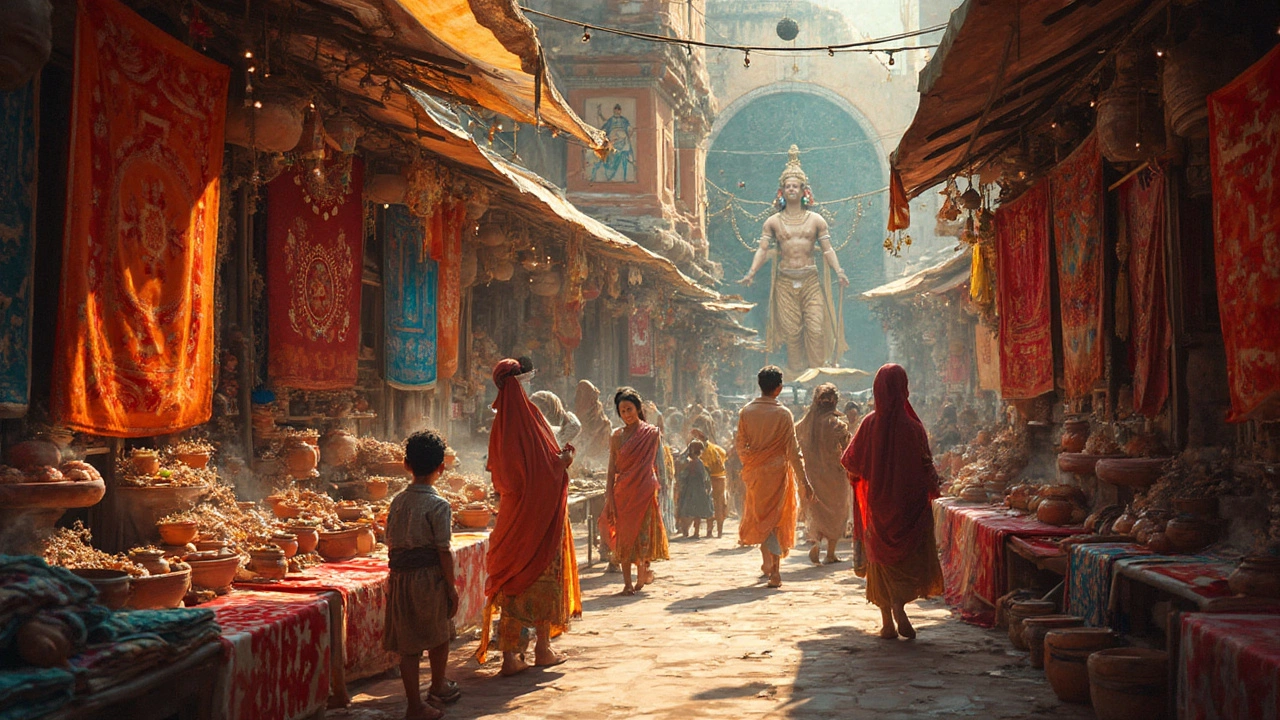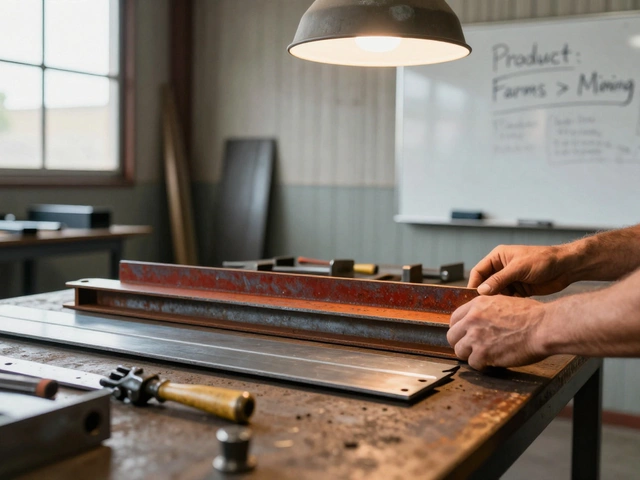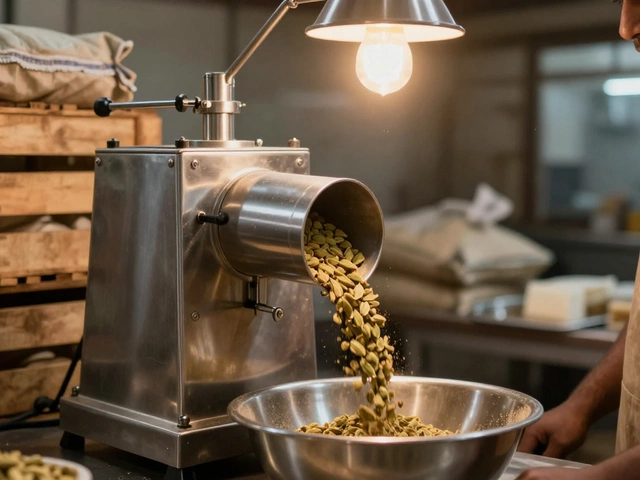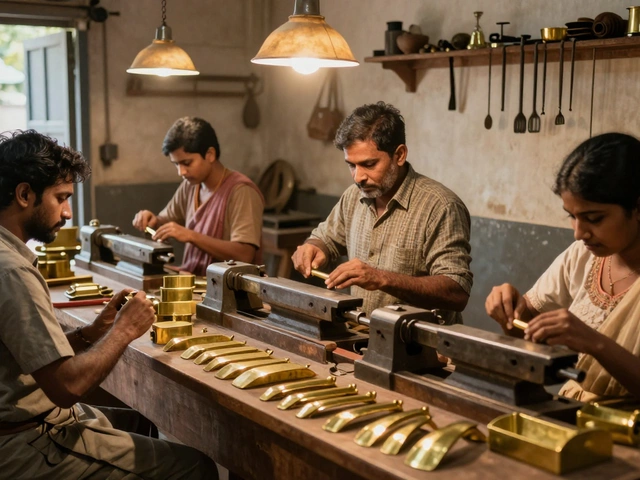Indian God of Textiles: Who Is the Divine Weaver?
When you hear about Indian folklore, you often think of gods of war or love. Few realize there’s a deity tied to the loom. In many stories, Vishvakarma – the divine architect – is also praised as the patron of weavers. He is said to have crafted the first spindle and taught early artisans the art of turning yarn into cloth.
Vishvakarma’s legend isn’t just myth. Temples across the country have shrines where textile workers offer prayers before starting a new batch. The belief is simple: a respectful nod to the god brings strong threads and steady hands. This mindset still lives on in rural weaving villages where a small incense stick and a chant mark the day’s work.
How the Divine Weaver Influences Modern Textile Business
Today, India is a top global fabric producer, and that success traces back to the ancient reverence for the craft. Companies often name their lines after the deity – think "Vishvakarma Fabrics" – to signal quality and tradition. When you buy a handloom shirt and see a tiny emblem of a loom, it’s a nod to that old respect.
Modern manufacturers also borrow practices from the stories. For example, the myth of a single thread that never breaks inspires a focus on durability. Factories that test yarn strength repeatedly claim they follow Vishvakarma’s “unbreakable thread” principle. This cultural link makes marketing easier and gives a genuine story to share with customers.
Practical Ways to Honor the Textile God in Your Work
If you run a small textile shop or design studio, you can incorporate the heritage without overdoing it. A short prayer before cutting fabric, a modest altar with a small statue, or using the traditional color saffron in your branding are simple steps. Even naming a limited‑edition collection after the god adds authenticity.
Another tip is to support local weavers who keep the ancient techniques alive. Partnering with a village cooperative not only preserves the craft but also aligns your brand with the values the deity represents – hard work, creativity, and respect for material.
Lastly, educate your customers. Share a brief story on product tags about Vishvakarma’s role. When buyers understand the cultural depth, they feel a stronger connection and are often willing to pay a premium.
In short, the Indian god of textiles isn’t just a tale from the past. He’s a living part of today’s fabric industry, guiding everything from design choices to quality checks. By acknowledging his influence, you add meaning to your products and tap into a heritage that millions already respect.
Indian God of Textiles: History, Culture, and Industry Ties
Ever wondered who the Indian god of textiles is? This article uncovers the traditional stories, local legends, and historical roots linking gods to India’s rich textile tradition. You’ll see how mythology influences modern-day factories and the everyday fabric you wear. Learn why certain regions look to different deities and how this culture shapes today’s textile manufacturing. Plus, we’ll share fun facts and tips to spot these influences in your own shopping.
Read More




